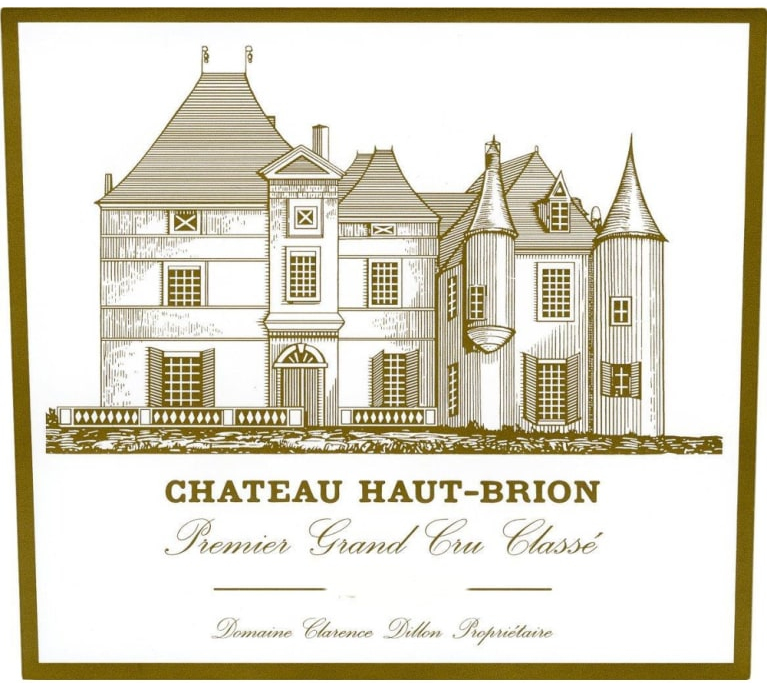Château Haut-Brion 2002
Review of the Estate
Château Haut-Brion is notable for its First Growth status, under both the 1855 and 1973 Mèdoc classifications, despite its geographical location in Graves. This mark of respect is due to the obsession with quality and continual winemaking improvements that have been the dominant modus operandi at Chateau Haut Brion over the past four centuries.
The modern estate grew from humble origins as a property known as Maison Noble d'Aubrion which was acquired by Jean de Pontac through his marriage to Jeanne de Bellon in 1525.
Pontac was responsible for expanding Chateau Haut-Brion, and creating an international market for the wines, the quality of which was noted by Samuel Pepys who wrote in April 1663,"here I drank a sort of French wine, called Ho Bryan, that hath a good and most particular taste that I never met with." However, Chateau Haut Brion was still known formally as Château Pontac until the late 18th Century when it eventually passed out of the Pontac family's hands.
As the first recorded First Growth to be imported into the United States, when Thomas Jefferson purchased six cases during his travels and sent them back to his home in Virginia, it is perhaps unsurprising that Chateau Haut-Brion was eventually purchased by an American. After a string of owners, financier Clarence Dillon acquired the estate in 1935. Chateau Haut Brion is currently owned by Domaine Clarence Dillon, which is a limited company and thereby prevents excessive divisions of the estate between successive generations. Presently, Prince Robert of Luxembourg is at the helm, with Jean-Philippe Delmas managing the viticultural aspects of the business.
As a First Growth, there is constant pressure to produce outstanding yet consistent wines and Château Haut-Brion has consistently embraced new technologies to meet this standard. In the 1960s, the estate pioneered the installation of stainless steel vats - the first of the First Growths to do so. This increased the reliability of the vinification process and positioned Chateau Haut Brion at the forefront of innovation in the Bordeaux region, producing a savoury wine which is both rich and intricate.

Vineyard
Surface area: 106.7 acres
Grape Varieties: 45% Cabernet Sauvignon, 37% Merlot and 18% Cabernet Franc
Average age of vines: 36 years
Density of plantation: 8,00 vines per hectare
Average yields: 35-45 hectoliters per hectare
Average cases produced: 11,000 per year
Plateau of maturity: 10 - 40 years
Château Haut-Brion 2002 Reviews / Tasting Notes
Robert Parker - The Wine Advocate
Point Score: 89
Aromas of minerals, forest floor, fresh mushrooms, plums, and currants are present in the moderately fragrant bouquet. Angular, with hard tannin, medium body, and sweet plums as well as currants, this 2002 is harder and tougher-textured than from barrel. Like many 2002s, it is reserved and angular at present. It remains to be seen whether it will flesh out and reveal more charm and succulence. Anticipated maturity: 2010-2020.
Wine Spectator
Point Score: 93
Complex aromas of blackberries, tobacco and cedar follow through to a full-bodied palate, with ripe, velvety tannins and a long, caressing finish. Very beautiful. Best after 2009.
Stephen Tanzer - Vinous
Point Score: 95
Good ruby-red. Redcurrant, plum, tobacco and flowers on the nose. Suave and light on its feet, with excellent integrated acidity framing and extending the flavors. Classy and classic wine, finishing with ripe, building tannins. This would be perfect with a cigar. Today Delmas and Masclet prefer this 2002 to the 2001 Haut-Brion, but for La Mission they give the edge to the 2001.